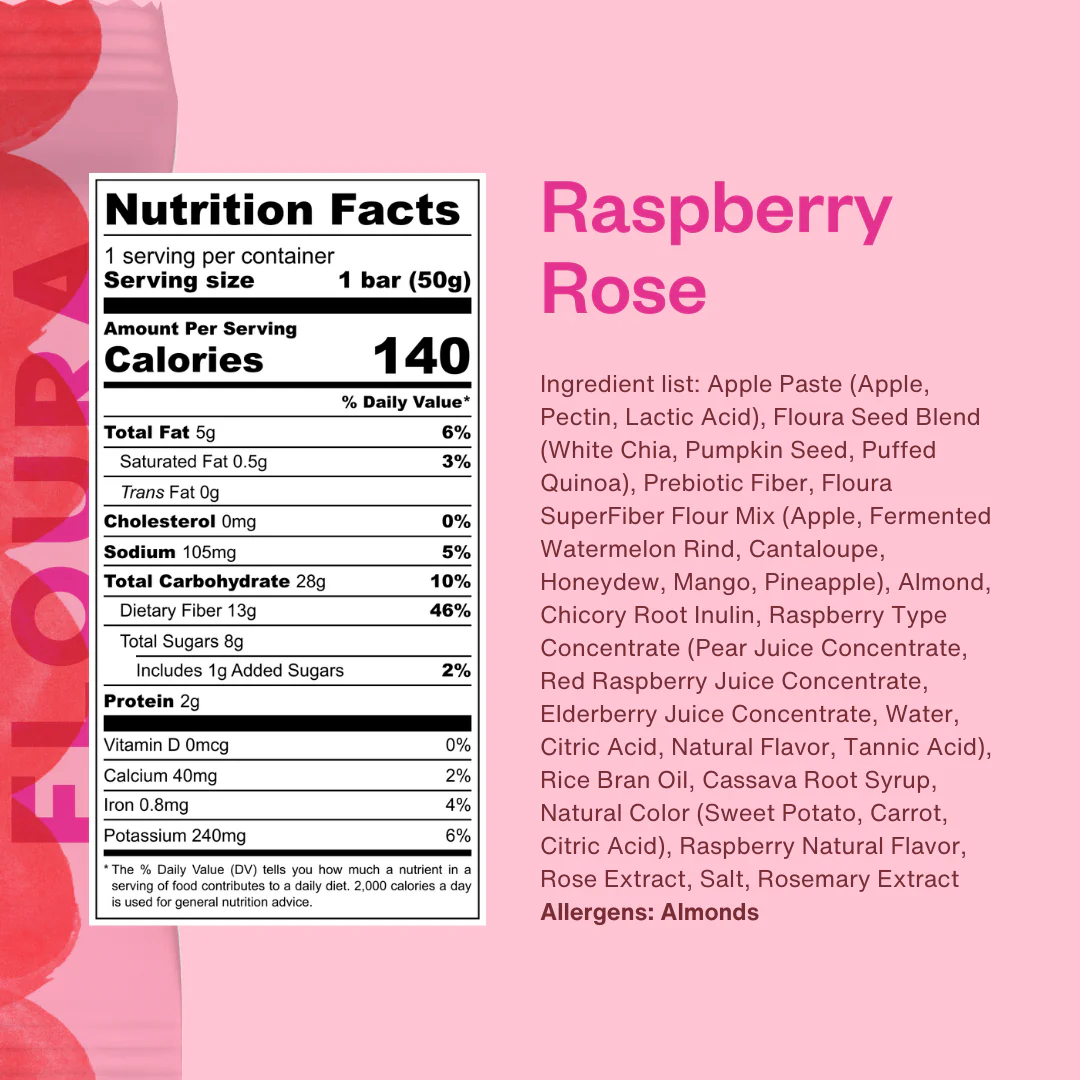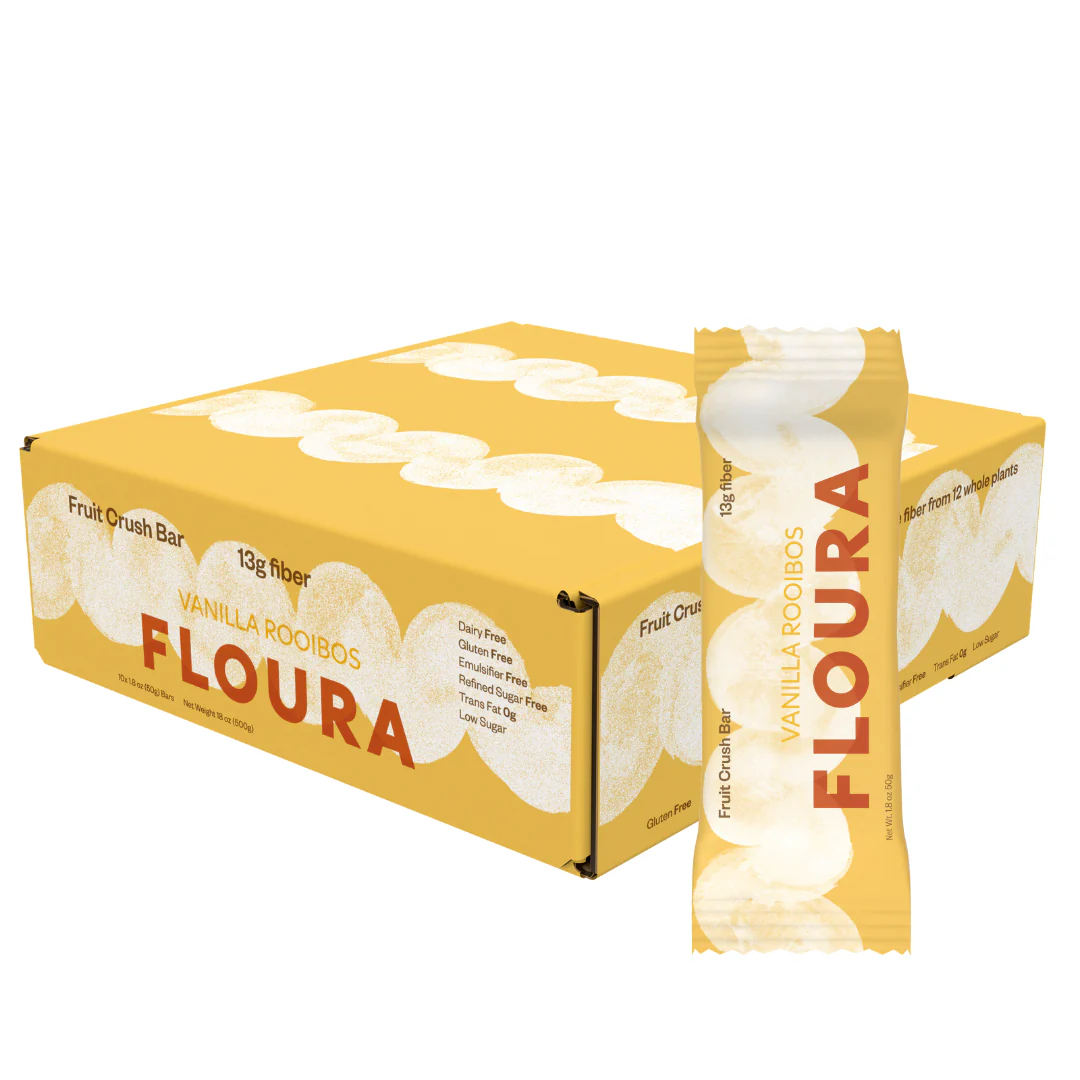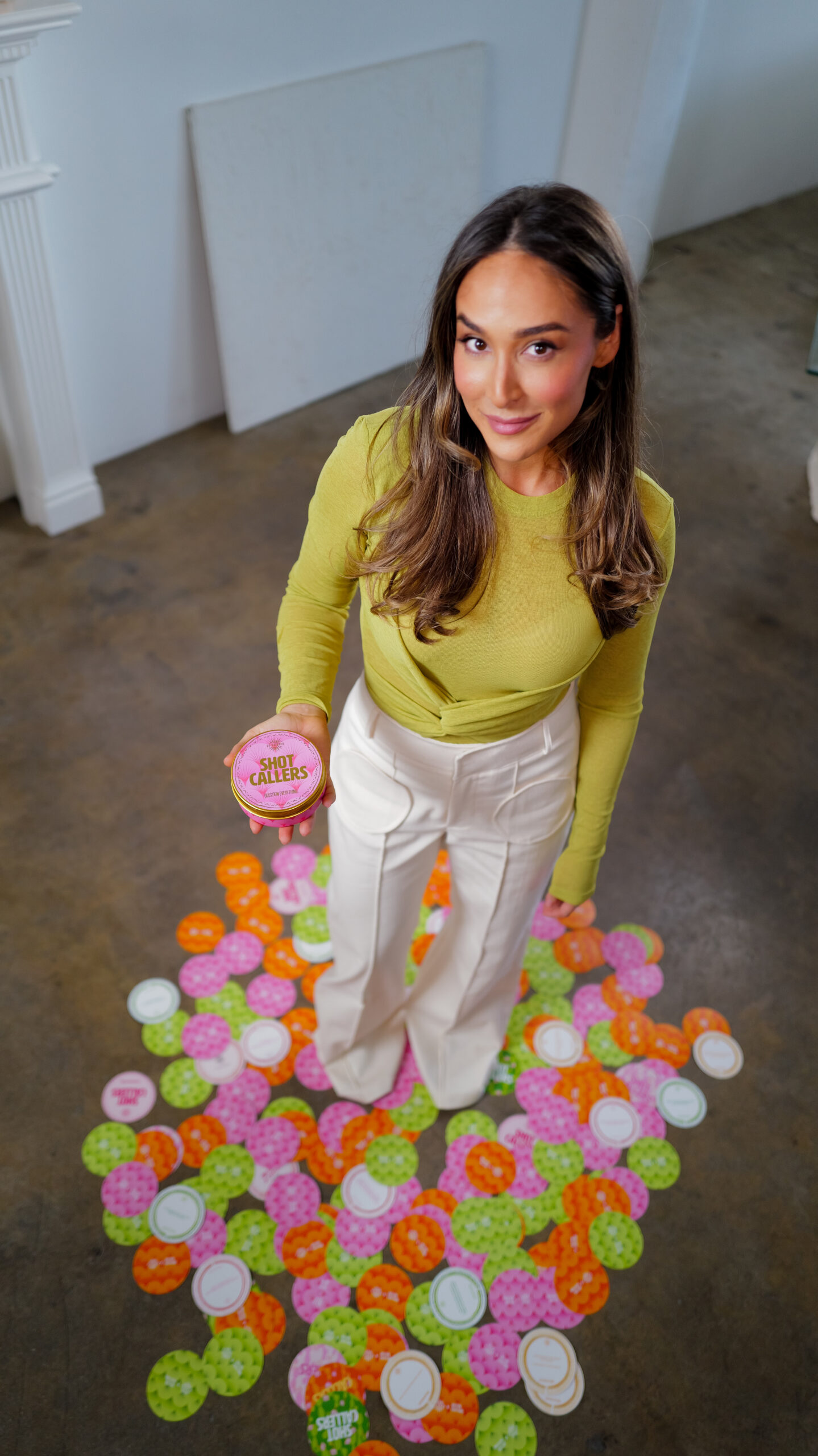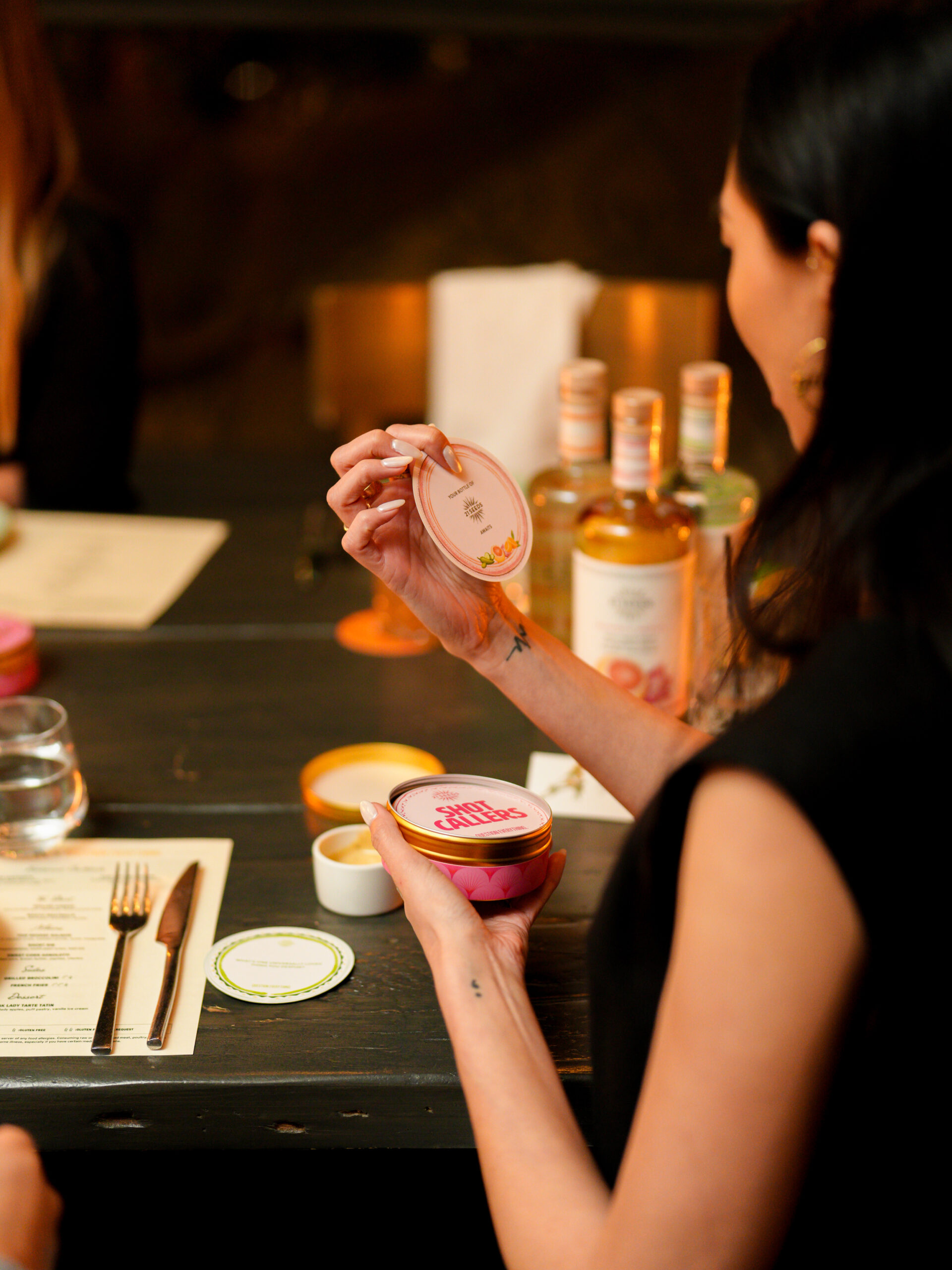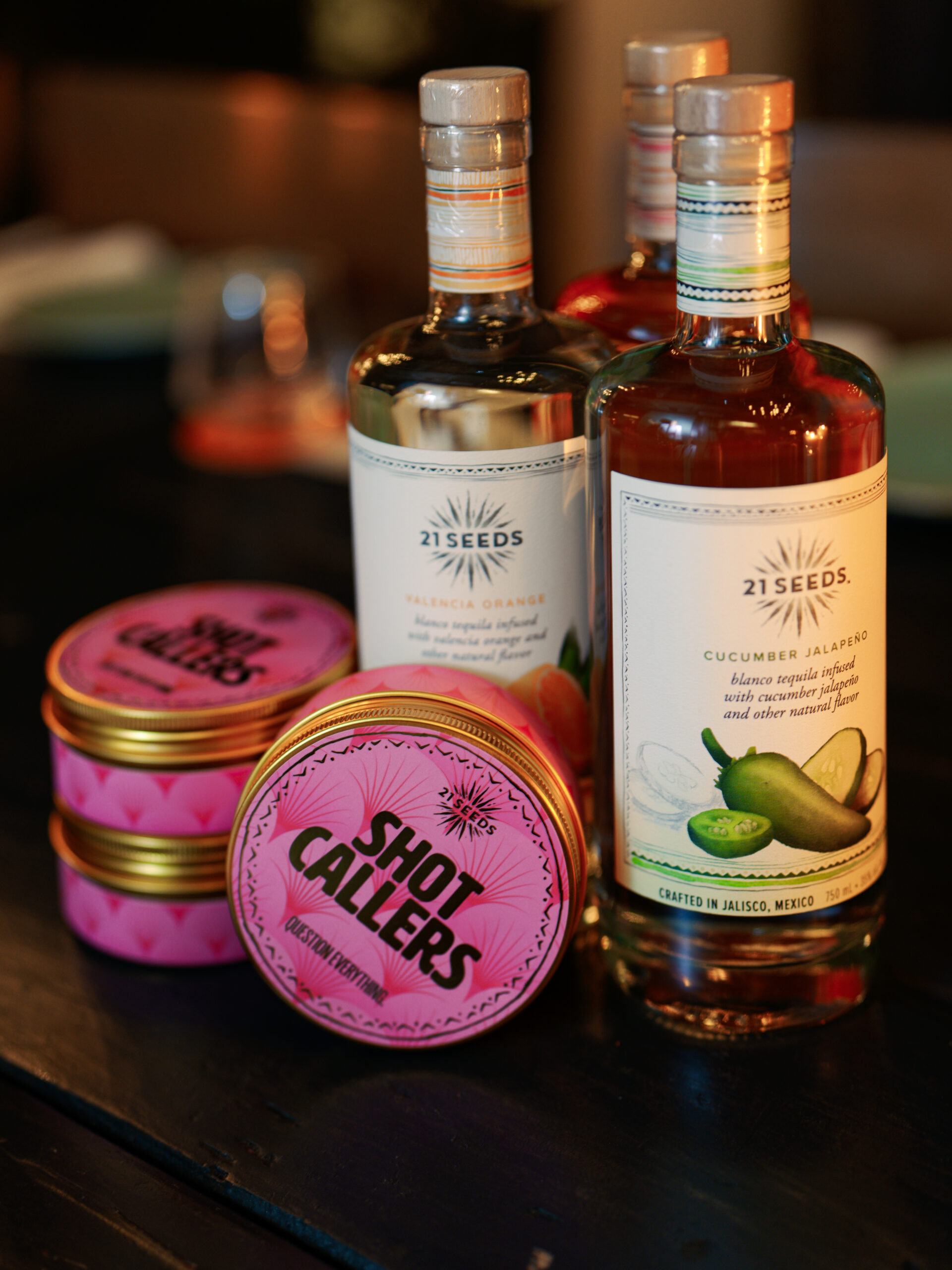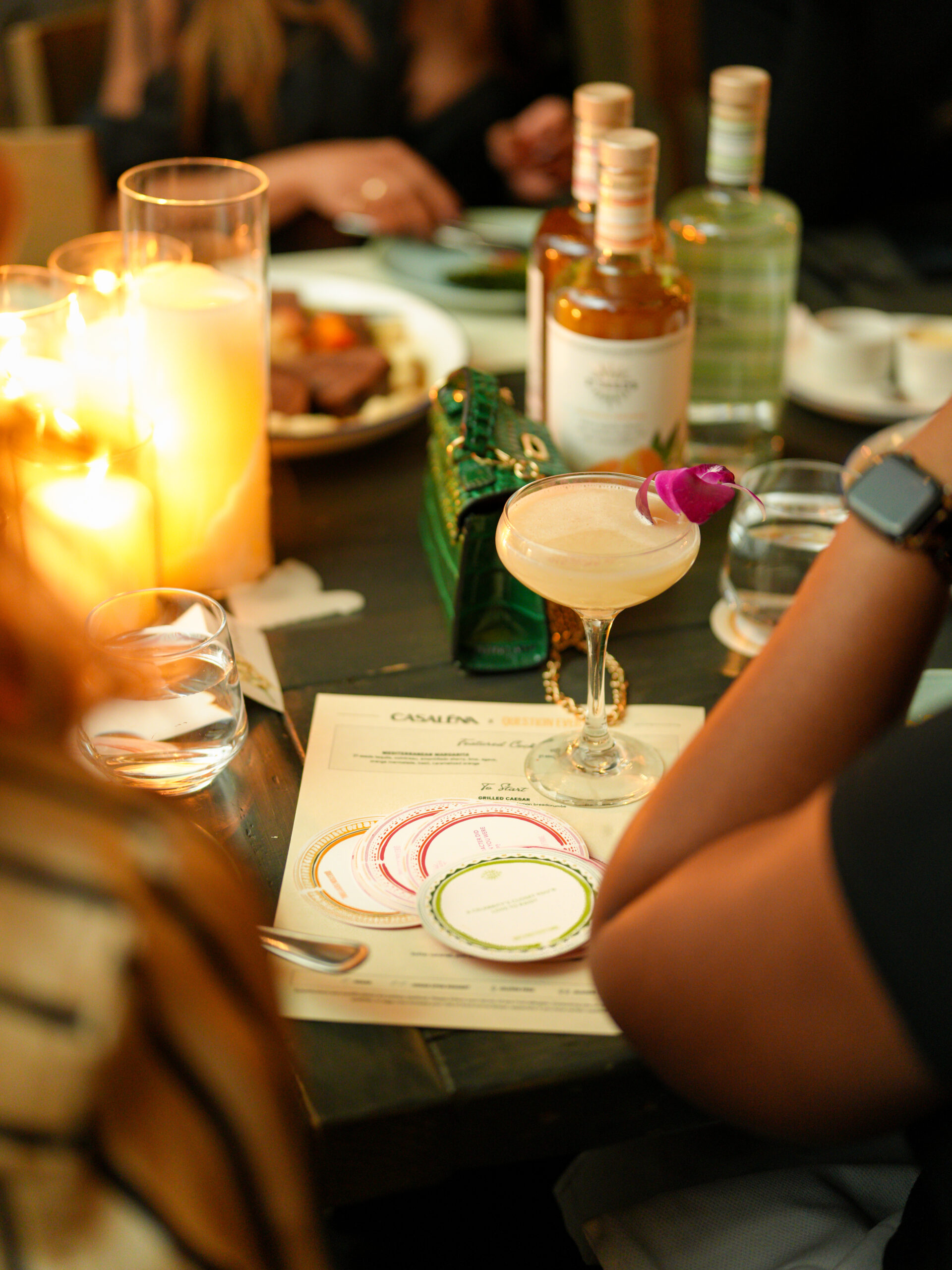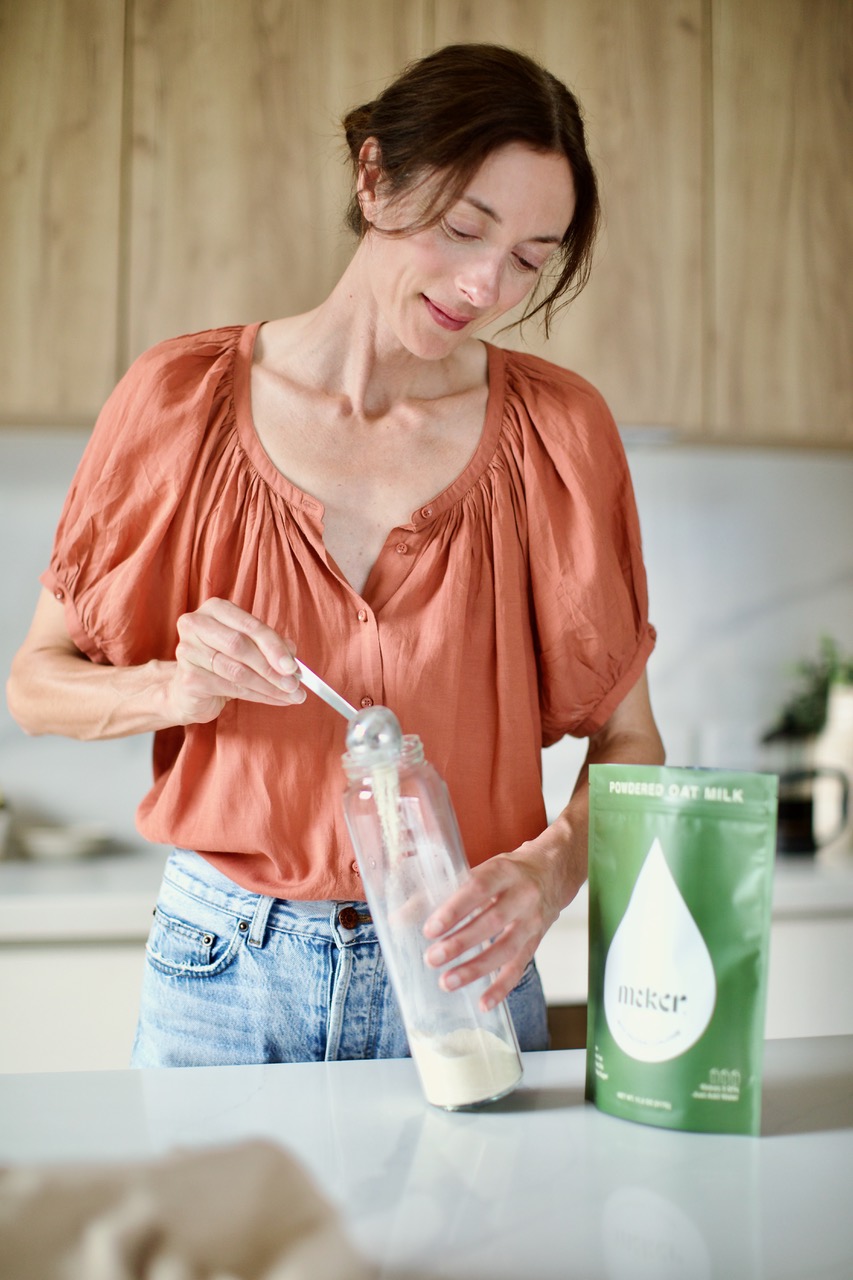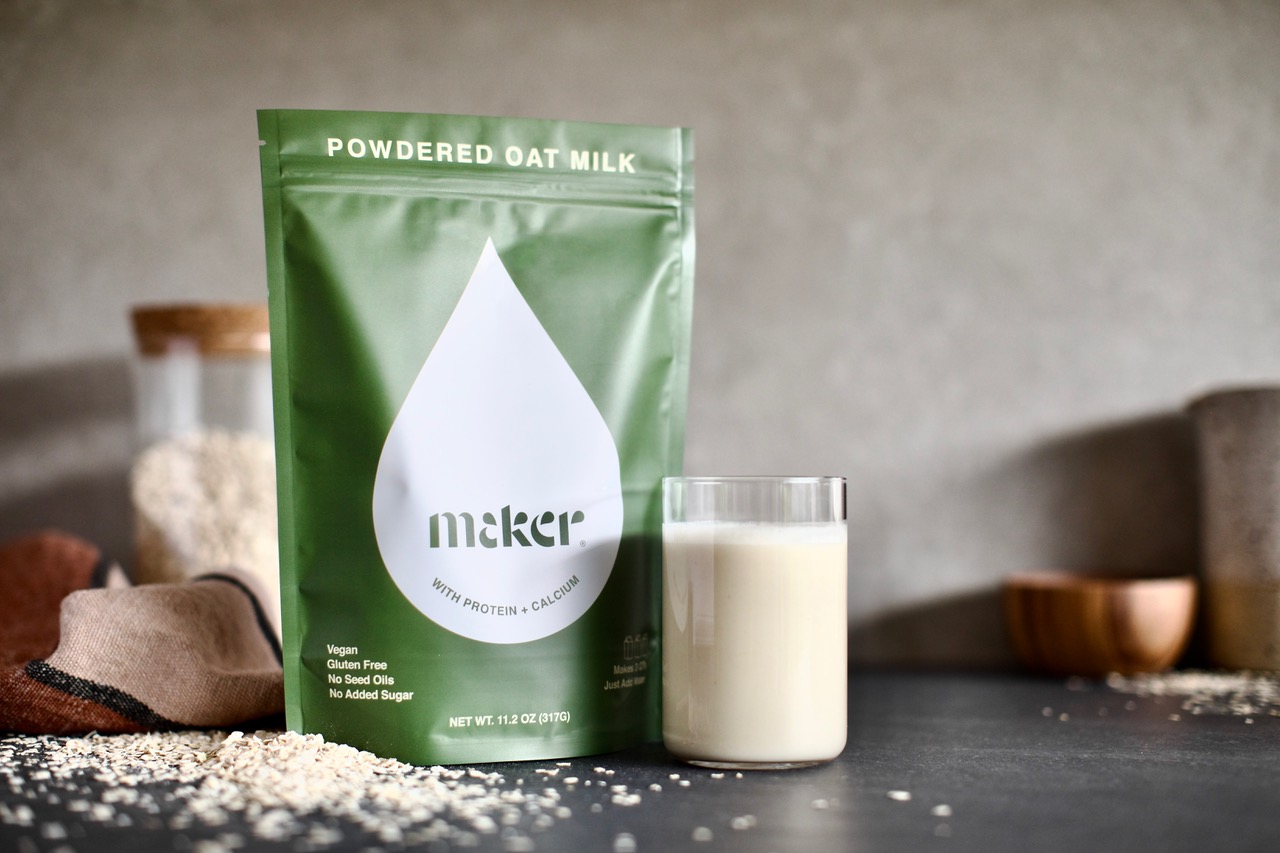 Let’s be real: most of us aren’t getting enough fiber. It’s one of those things we know we should be eating, but life is busy, and let’s face it—fiber isn’t exactly the most exciting part of a meal. Enter Floura, the game-changing fiber bar that’s taking the world of snacks to the next level. And no, it’s not some bland, cardboard-like bite that leaves you wishing you had just skipped the healthy choice altogether. These bars are packed with flavor and real nutrition, all while making it way easier to get the fiber your body is craving.
Let’s be real: most of us aren’t getting enough fiber. It’s one of those things we know we should be eating, but life is busy, and let’s face it—fiber isn’t exactly the most exciting part of a meal. Enter Floura, the game-changing fiber bar that’s taking the world of snacks to the next level. And no, it’s not some bland, cardboard-like bite that leaves you wishing you had just skipped the healthy choice altogether. These bars are packed with flavor and real nutrition, all while making it way easier to get the fiber your body is craving.
Here’s the twist: Floura doesn’t just make fiber more convenient—it also transforms what would otherwise be waste into nutritional gold. Think of those fruit rinds and cores that typically get tossed away (you know, the cantaloupe skins, the pineapple tops, and the apple cores). Floura takes these “trimmings” and turns them into something deliciously useful, all while reducing food waste in the process. So, not only are you helping your body thrive, but you’re also doing a little something for the planet.
Let’s break down what makes these bars stand out—and why you should have them in your snack stash ASAP.
The Most Concentrated, Most Diverse Fiber Bar on the Market
If you’ve ever wondered why you’re still feeling bloated or sluggish even though you eat your veggies, you might be missing one key element: fiber diversity. It’s not just about hitting that 13-gram mark in fiber—it’s about getting fiber from different sources, so your body can actually make use of it.
Floura bars pack 40% of your recommended weekly fiber diversity, derived from 12 different plants. That’s a game-changer. Most fiber bars on the market are either loaded with one kind of fiber (usually from oats) or rely on date paste to give you a quick hit. Floura? They start with apple paste, sourced from fruit grown in upstate New York, and blend it with fruit rinds, cores, and a variety of plant fibers. That’s a whole lot of fiber, and a whole lot of diversity.
Seriously Delicious Flavors You’ll Actually Crave
Okay, let’s talk about the flavors because honestly, these bars are far from the typical dry, “just get it over with” snacks you’re used to. Floura comes in a range of mouthwatering combos that are as fun as they are flavorful. We’re talking:
-
Vanilla Rooibos: A warm, comforting vibe that feels like your cozy wellness go-to.
-
Brambleberry Lavender: A delightful twist on fruity and floral, so refreshing you’ll want it every day.
-
Mango Cardamom: A tropical escape that’s as energizing as it is delicious.
-
Blueberry Matcha: The antioxidant-packed dream team.
-
Raspberry Rose: A fruity floral love affair that’s the perfect balance of tart and sweet.
These aren’t just your run-of-the-mill fruit bars. Each bite is a burst of flavor that makes you forget you’re eating something healthy. Plus, they’re packed with nutrients that support everything from gut health to skin glow.
Fiber That Does More Than Just Fill You Up
We all know fiber helps with digestion, but did you know it’s also crucial for your mood and overall well-being? Yes, fiber is basically the unsung hero of whole-body wellness. Research shows that fiber-rich diets can lead to better mental clarity, improved skin, and even enhanced energy levels. Plus, it’s a key factor in managing weight naturally by keeping you feeling fuller for longer and balancing blood sugar.
When you eat a Floura bar, you’re doing more than just bridging the fiber gap—you’re setting yourself up for a healthier, more balanced day. Gut health = happiness, people.
Sustainable, Ethical, and Super Convenient
Not only are Floura bars packed with fiber, but they also have a commitment to sustainability that’s hard to ignore. By taking produce trimmings that would typically go to waste and transforming them into these fiber-rich bars, Floura is reducing food waste and supporting eco-friendly practices. They’ve saved over 100 million pounds of produce from ending up in landfills. So, while you’re nourishing your body, you’re also making a small contribution to a more sustainable world.
And let’s talk about convenience—because we all need a snack that doesn’t require us to prep or even think twice about it. These bars are easy—slip one into your bag, take it with you on your commute, or toss it in your gym bag for a quick energy boost post-workout. Fiber just got a whole lot easier.
The Verdict: Are Floura Bars Worth It?
If you’re looking for a snack that’s more than just fuel—something that actually supports your body and helps you build healthy habits—Floura bars are a no-brainer. They’re tasty, packed with diverse, high-quality fiber, and contribute to a more sustainable food system. Plus, the flavors are genuinely exciting (hello, Mango Cardamom), and the convenience factor is off the charts.
So, if you’re ready to take your fiber game to the next level—and enjoy every bite—Floura is the bar you need in your life. Trust me, your gut (and your taste buds) will thank you.
Want to Build Your Fiber Habits?
Floura makes it even easier to stay on top of your fiber intake with their Subscribe & Save option. Get your favorite bars delivered straight to your door and keep your fiber levels high without having to think about it.
Ready to get started? Head over to Floura’s website and get your snack stash stocked. Because fiber doesn’t have to be boring—it can be delicious and easy, too.

